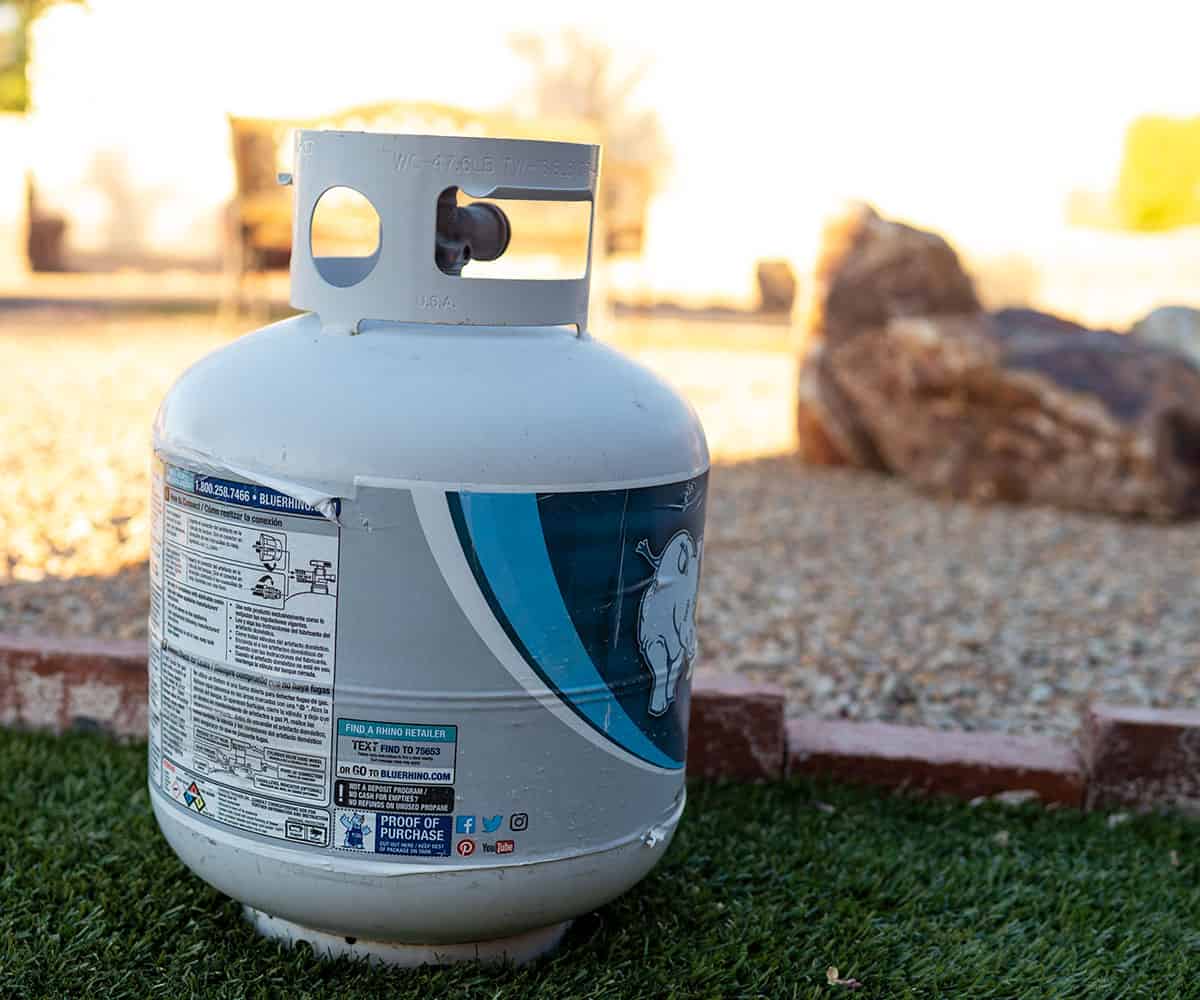

Articles
How To Store A Propane Tank
Modified: February 27, 2024
Learn how to properly store a propane tank and ensure safety with these useful articles. Discover tips and guidelines to keep your propane tank secure and in good condition.
(Many of the links in this article redirect to a specific reviewed product. Your purchase of these products through affiliate links helps to generate commission for Storables.com, at no extra cost. Learn more)
Introduction
Welcome to our comprehensive guide on how to store a propane tank safely and effectively. Whether you use propane for grilling, heating, or other purposes, proper storage is crucial to ensure the safety of your tank and the surrounding environment. In this article, we’ll walk you through the step-by-step process of storing a propane tank, highlighting important safety precautions and best practices along the way.
Propane tanks are commonly used to store and transport propane, a highly flammable gas commonly used as a fuel source. While propane is a convenient and versatile fuel, mishandling or improper storage of propane tanks can lead to accidents, leaks, or even explosions. Therefore, it is vital to follow safety guidelines and proper storage procedures to prevent any potential hazards.
Before diving into the details of how to store a propane tank, let’s first discuss some general safety precautions that should always be followed:
- Always read and follow the manufacturer’s instructions for your specific propane tank.
- Ensure proper ventilation in the storage area to prevent the accumulation of gas.
- Keep the tank away from ignition sources, including open flames, electrical outlets, and sparks.
- Never store propane tanks indoors or in enclosed spaces, such as basements or garages.
- Avoid exposing the tank to extreme temperatures or direct sunlight for prolonged periods.
- Inspect the tank regularly for signs of damage, such as rust or dents. Any damaged tanks should be replaced.
- Keep children and pets away from the storage area.
- Always have a fire extinguisher nearby in case of emergencies.
By adhering to these safety precautions, you can greatly minimize the risk of accidents and ensure the safe storage of your propane tank.
Key Takeaways:
- Properly storing a propane tank outdoors in a well-ventilated area, away from ignition sources and flammable materials, is crucial for safety and longevity. Regular maintenance and adherence to manufacturer guidelines are essential for safe storage.
- Prioritize safety by following specific safety precautions, choosing a suitable storage location, and properly emptying, cleaning, and securing the propane tank. Regular maintenance and professional assistance ensure safe and worry-free storage.
Read more: How To Store Small Coleman Propane Tanks
Safety Precautions
Before we delve into the specifics of storing a propane tank, let’s first discuss some essential safety precautions. Propane is a highly flammable gas, and mishandling or improper storage can lead to serious accidents or even explosions. By following these safety guidelines, you can minimize the risk and ensure the safe handling of your propane tank.
- Store propane tanks outdoors: It is crucial to store propane tanks in a well-ventilated outdoor area. This ensures that any gas leaks are quickly dispersed into the open air, minimizing the potential for gas build-up.
- Avoid storing near flammable materials: Never store propane tanks near flammable substances or ignition sources. Keep them away from fuels, oils, paint thinner, fireworks, or any other materials that can ignite easily.
- Keep tanks upright: Always store propane tanks in an upright position. Tanks should be secured in a sturdy and stable manner to prevent tipping or falling.
- Protect from direct sunlight: Exposure to direct sunlight can increase the temperature inside the tank, leading to a rise in pressure. This can pose a safety risk. To prevent excessive heat, keep tanks shaded or cover them with a tarp or propane tank cover.
- Inspect for damage: Regularly inspect your propane tank for any signs of damage, such as dents, rust, or leaks. If you notice any issues, do not attempt to store or use the tank. Instead, contact a qualified professional for assistance.
- Secure valve caps: Ensure that the valve caps on your propane tank are tightly secured when not in use. This helps prevent any accidental release of gas and keeps the tank in a sealed condition.
- Maintain a safe distance: When storing multiple propane tanks, maintain a safe distance between them to prevent accidents in the event of a leak or explosion. Follow the recommendations provided by the tank manufacturer for proper tank spacing.
- In case of emergency: Familiarize yourself with the emergency procedures for propane leaks or accidents. This includes knowing how to shut off the gas supply and having a fire extinguisher nearby.
These safety precautions are essential for the proper storage and handling of propane tanks. By following these guidelines, you can ensure the safety of yourself, others, and the surrounding environment.
Choosing a Storage Location
Selecting the right storage location for your propane tank is crucial for safety and convenience. Here are some important factors to consider when choosing a suitable storage location:
- Outdoor, well-ventilated area: Propane tanks should always be stored outdoors in a well-ventilated area. This ensures that any gas leaks are quickly dispersed into the open air, reducing the risk of accumulation.
- Away from ignition sources: Keep propane tanks away from ignition sources such as open flames, electrical outlets, or sparks. This includes avoiding areas near fire pits, grills, or any other equipment that produces heat or flames.
- Level ground: Choose a location with a level and stable surface for storing your propane tank. This helps prevent the tank from tipping or rolling, ensuring its stability and overall safety.
- Away from flammable materials: Store propane tanks at a safe distance from any flammable materials or substances. This includes gasoline, oil, wood, and any other items that can easily catch fire.
- Avoid underground storage: Propane tanks should never be stored underground or in enclosed spaces such as basements or underground utility rooms. This is to prevent any potential build-up of gas or leaks from going undetected.
- Consider local regulations: Be aware of any local regulations or guidelines regarding the storage of propane tanks. Some areas may have specific requirements or restrictions, so it is essential to comply with these regulations.
- Weather protection: While propane tanks are designed to withstand outdoor conditions, prolonged exposure to extreme temperatures or harsh weather can affect their performance. Consider providing adequate weather protection, such as using a protective cover or storing tanks in a shed or storage cabinet.
- Ease of access: Choose a storage location that allows for easy access to the propane tank when needed. This ensures convenience and facilitates regular inspections and maintenance.
- Secure and locked area: If possible, store the propane tank in a secure area or use a lock to prevent unauthorized access. This adds an extra layer of safety and helps prevent tampering or accidents caused by improper handling.
By carefully considering these factors, you can select an appropriate storage location for your propane tank, ensuring its safety, accessibility, and compliance with local regulations. Remember to always prioritize safety when choosing a storage area for your propane tank.
Emptying the Tank
Before storing a propane tank, it is essential to empty it completely to ensure safety during storage. Here are the steps to follow when emptying a propane tank:
- Turn off all appliances: Before disconnecting the propane tank, ensure that all appliances connected to it are turned off. This includes grills, heaters, stoves, and any other devices that use propane.
- Close the valve: Locate the valve on top of the propane tank and turn it clockwise until it is fully closed. This shuts off the flow of propane from the tank.
- Release pressure: To release any remaining pressure in the tank, gently lift the relief valve on the top of the tank for a few seconds. This allows excess gas to escape safely.
- Disconnect appliances: Carefully disconnect any hoses or connections from the propane tank. Be cautious as there may still be some gas residue in the lines, so it is advisable to wear protective gloves.
- Store disconnected parts: Store the detached hoses, regulators, and other accessories in a safe and clean location. These should also be inspected for any damage and cleaned before storage.
- Store empty tank outdoors: Once the tank is emptied and disconnected from all appliances, place it in your chosen storage location as per the guidelines mentioned earlier. Remember to keep it upright and secured to prevent any accidents.
It is crucial to note that propane tanks should never be intentionally punctured or emptied by releasing the entire contents into the atmosphere. This can lead to safety hazards and environmental pollution. Always follow the proper procedures for emptying and storing a propane tank as outlined above.
If you are unsure about how to empty the tank or have any concerns, it is recommended to consult a professional propane supplier or an expert in propane tank handling for assistance.
By properly emptying the tank before storage, you ensure that it is safe to handle and store, minimizing the risk of accidents or leaks during the storage period.
When storing a propane tank, always keep it in a well-ventilated area, away from heat sources and direct sunlight. Make sure the valve is closed and the tank is in an upright position.
Cleaning the Tank
Before storing a propane tank, it is important to clean it to remove any dirt, debris, or residue that may have accumulated. Here are the steps to follow when cleaning a propane tank:
- Ensure the tank is empty: Before cleaning the tank, make sure it is completely empty by following the steps outlined in the previous section.
- Inspect the tank: Thoroughly inspect the tank for any visible dirt, rust, or grease. Pay attention to the valve area, as this is a common spot for debris accumulation.
- Use mild soap and water: Fill a bucket with warm water and add a small amount of mild soap. Dip a sponge or cloth into the soapy water and gently scrub the exterior surface of the tank, focusing on areas that require cleaning. Avoid using abrasive materials or harsh chemicals that can damage the tank’s protective coating.
- Rinse well: After scrubbing, rinse the tank thoroughly with clean water to remove any soap residue.
- Dry the tank: Use a clean towel or cloth to dry the tank’s exterior surface. Ensure that it is completely dry before storing, as any moisture left on the tank can promote rust or corrosion.
- Inspect the valve: While cleaning the tank, take the opportunity to inspect the valve for any signs of damage or corrosion. If you notice any issues, it is recommended to have the tank inspected or serviced by a qualified professional.
It is important to note that cleaning the exterior of the tank is typically sufficient for general maintenance. Avoid attempting to clean the inside of the tank, as this should only be done by professionals during the tank’s regular maintenance and inspection schedule.
By cleaning the exterior surface of the tank before storage, you help prolong its lifespan and ensure that it remains in good condition. Additionally, a clean tank is visually appealing and easier to inspect for any potential issues that may arise.
Read more: How To Store 1Lb Propane Tanks
Storing the Tank
Proper storage of a propane tank is essential for its safety and longevity. Follow these guidelines to ensure that your propane tank is stored correctly:
- Choose a well-ventilated outdoor area: Select an outdoor location that is well-ventilated. This helps prevent the build-up of any gas leaks and ensures the safety of your tank.
- Keep the tank upright: Store the propane tank in an upright position. This helps prevent any potential leaks and ensures the stability of the tank.
- Secure the tank: Anchor the tank securely in place to prevent it from tipping or falling. You can use straps or clamps to secure the tank to a stable structure, such as a wall or a dedicated propane tank stand.
- Protect from the elements: If possible, provide some form of weather protection for the tank. Exposure to extreme temperatures and harsh weather conditions can affect the tank’s performance and longevity. Consider using a weatherproof cover or storing the tank in a shed or storage cabinet.
- Keep away from flammable materials: Store the propane tank away from any flammable substances or ignition sources. This includes keeping it away from fuels, oils, paints, and any items that can ignite easily.
- Avoid direct sunlight: Shield the tank from direct sunlight, as prolonged exposure to sunlight can increase the temperature inside the tank and lead to potential safety issues. Use a shade cloth, cover, or ensure the storage area provides adequate shade.
- Label the tank: Clearly label the tank as “Propane” to avoid any confusion and ensure the proper identification of its contents.
- Secure the valve cap: Tighten the valve cap securely to keep it closed when the tank is not in use. This helps prevent any accidental release of gas and keeps the tank sealed.
Remember to always follow the specific guidelines provided by the propane tank manufacturer for storage. In addition to these general guidelines, manufacturers may have additional recommendations based on the design and specifications of their tanks.
By storing your propane tank properly, you ensure its safety, protect it from damage, and extend its lifespan. It is important to prioritize safety and adhere to these guidelines to prevent any accidents or hazards associated with improper storage.
Maintaining the Tank
Regular maintenance of your propane tank is crucial to ensure its safe operation and longevity. Follow these maintenance tips to keep your tank in optimal condition:
- Regular inspections: Inspect your propane tank regularly for any signs of damage, such as dents, rust, or leaks. Look for damaged valves, loose fittings, or any other issues that may require attention.
- Leak detection: Conduct regular leak tests to ensure there are no gas leaks from the tank, valves, or connections. You can use a solution of soapy water and apply it to the tank and connections. If bubbles form, it indicates a leak, and you should seek professional assistance.
- Valve maintenance: Check the valve regularly for any signs of wear or damage. Ensure that the valve is functioning properly, opening, and closing smoothly. If you notice any issues, consult a qualified professional for repairs or replacement.
- Keep the tank clean: Regularly clean the exterior of the tank to remove dirt, debris, and any residue that may accumulate. Use a mild soap and water solution and avoid abrasive materials that could damage the tank’s protective coating.
- Replace damaged parts: If you notice any damaged or worn-out parts, such as hoses, regulators, or valves, replace them promptly. Damaged parts can compromise the safety and performance of the tank.
- Consult a professional: If you are unsure about any maintenance procedures or have concerns about the condition of your propane tank, it is advisable to consult a professional propane supplier or technician. They can provide expert guidance and ensure that your tank is properly maintained.
- Adhere to maintenance schedules: Follow the maintenance recommendations provided by the manufacturer. This may include periodic inspections and servicing by a qualified professional to ensure the continued safety and effective functioning of the tank.
Remember, propane tanks should only be serviced, repaired, or maintained by qualified professionals who have the necessary expertise and knowledge. Attempting to perform complex repairs or maintenance procedures without the proper training can be dangerous and may void warranties.
By implementing a regular maintenance routine and promptly addressing any issues, you can ensure the long-term safety, functionality, and durability of your propane tank.
Conclusion
Storing a propane tank safely and effectively is crucial to ensure both the safety of yourself and others, as well as the proper maintenance and longevity of the tank. By following the guidelines outlined in this comprehensive guide, you can store your propane tank with confidence and peace of mind.
Throughout this article, we discussed important safety precautions to always keep in mind when handling propane tanks. These precautions help minimize the risk of accidents, leaks, and explosions. Remember to store tanks outdoors, away from ignition sources and flammable materials, and ensure proper ventilation.
We also covered the key steps to follow when storing a propane tank, including emptying and cleaning the tank before storage. Properly emptying the tank and disconnecting appliances ensure that it is safe to handle, while cleaning the tank removes dirt and debris that can compromise its quality.
Choosing an appropriate storage location, securing the tank in an upright position, and protecting it from the elements are all essential for safe storage. Regular maintenance, including inspections, leak detection, and valve maintenance, should be carried out to ensure the tank remains in optimal condition.
By adhering to these guidelines and following the specific instructions provided by the tank manufacturer, you can store your propane tank safely, protect your investment, and minimize the risk of accidents or damage.
Remember, safety should always be the top priority when handling propane tanks. If you are unsure about any aspect of storing or maintaining your tank, don’t hesitate to reach out to a professional propane supplier or technician for assistance.
By taking these necessary precautions and following proper storage procedures, you can enjoy the benefits of propane while ensuring a safe and worry-free experience.
Frequently Asked Questions about How To Store A Propane Tank
Was this page helpful?
At Storables.com, we guarantee accurate and reliable information. Our content, validated by Expert Board Contributors, is crafted following stringent Editorial Policies. We're committed to providing you with well-researched, expert-backed insights for all your informational needs.
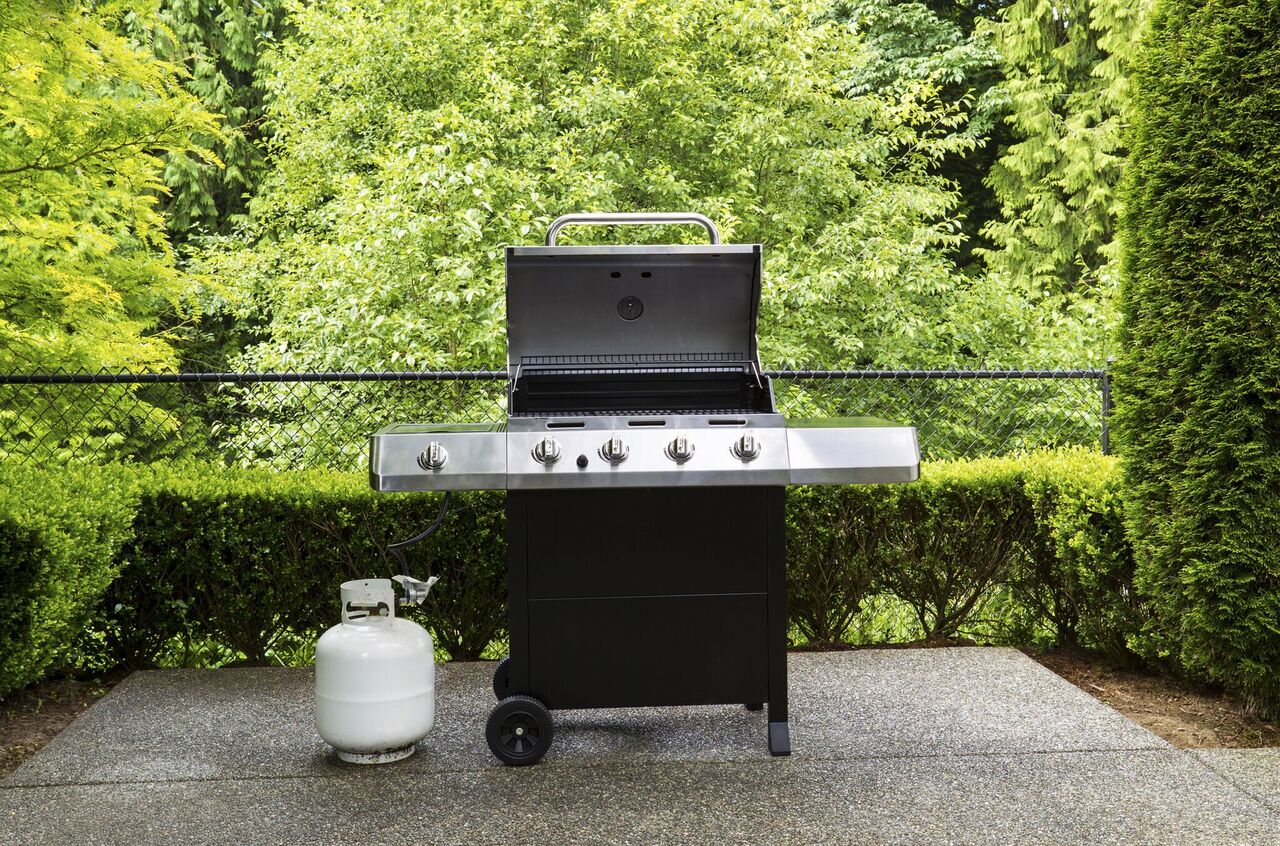

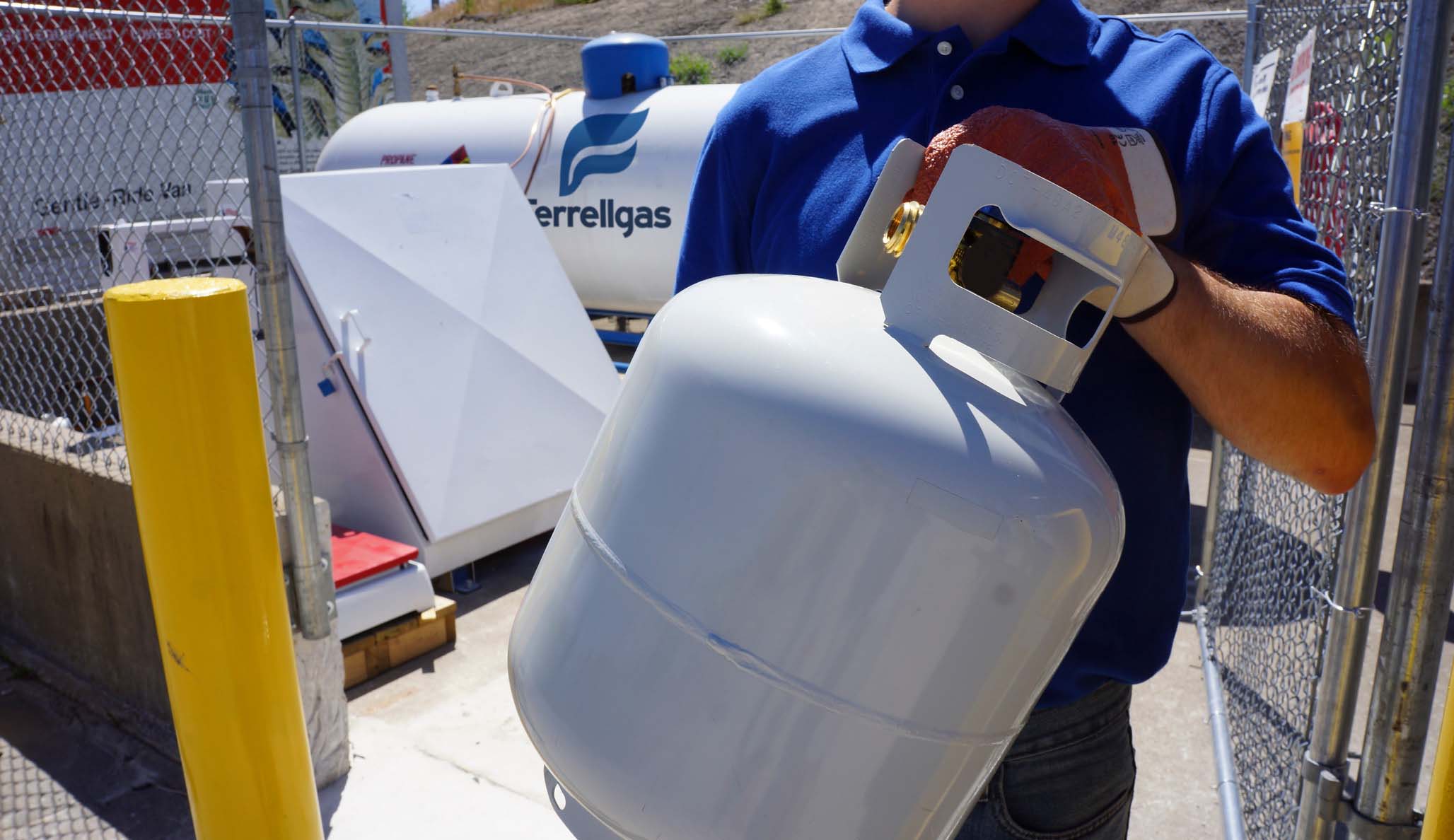
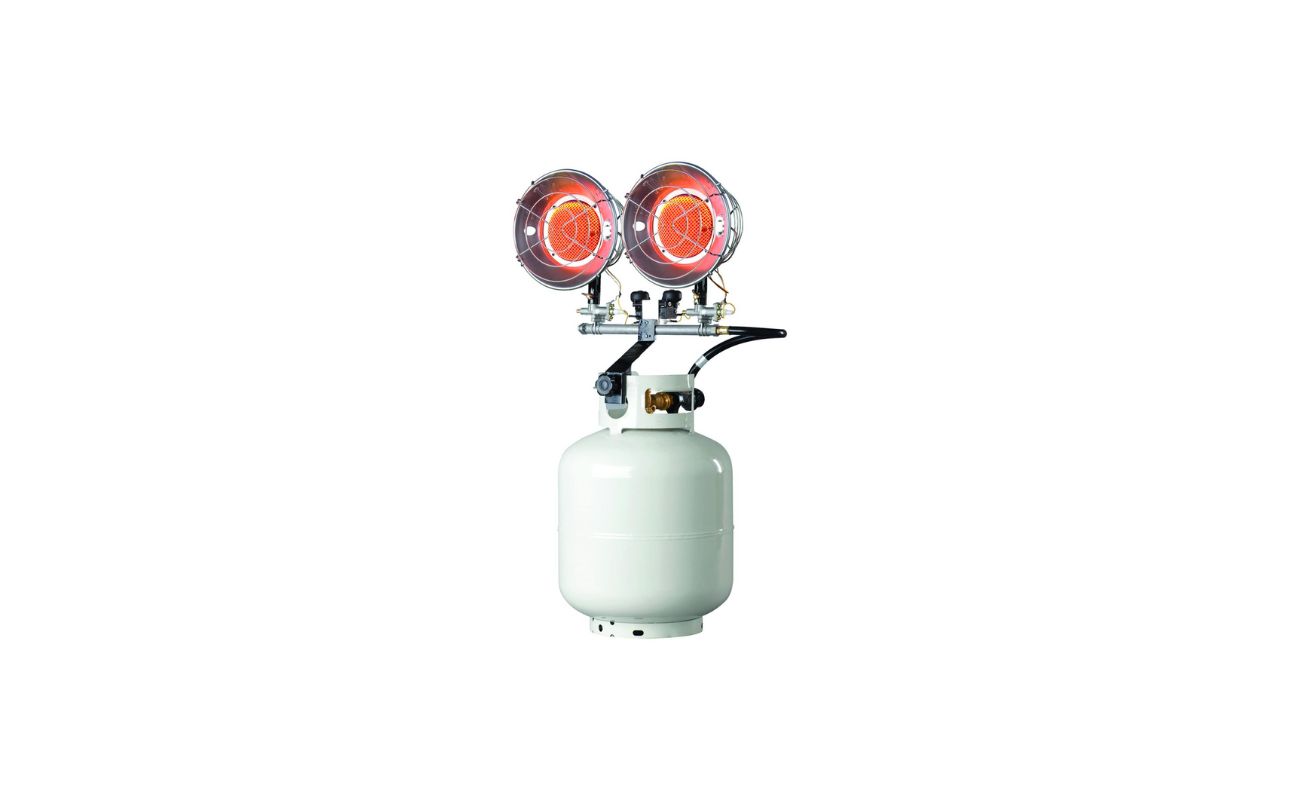
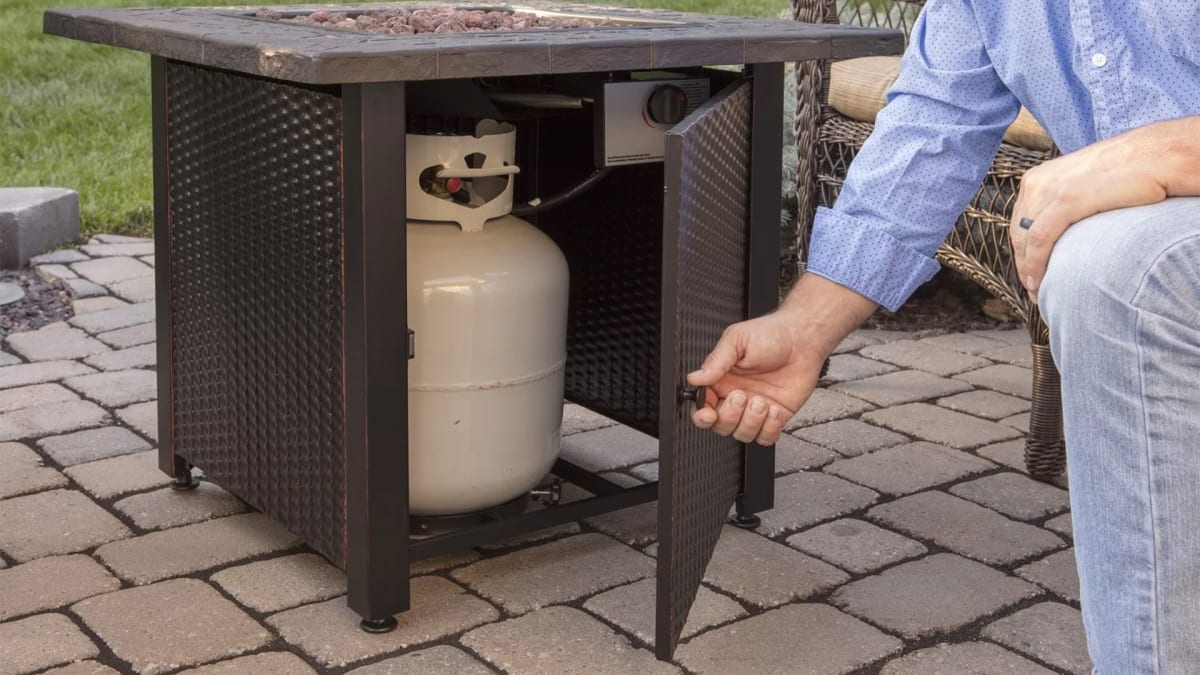
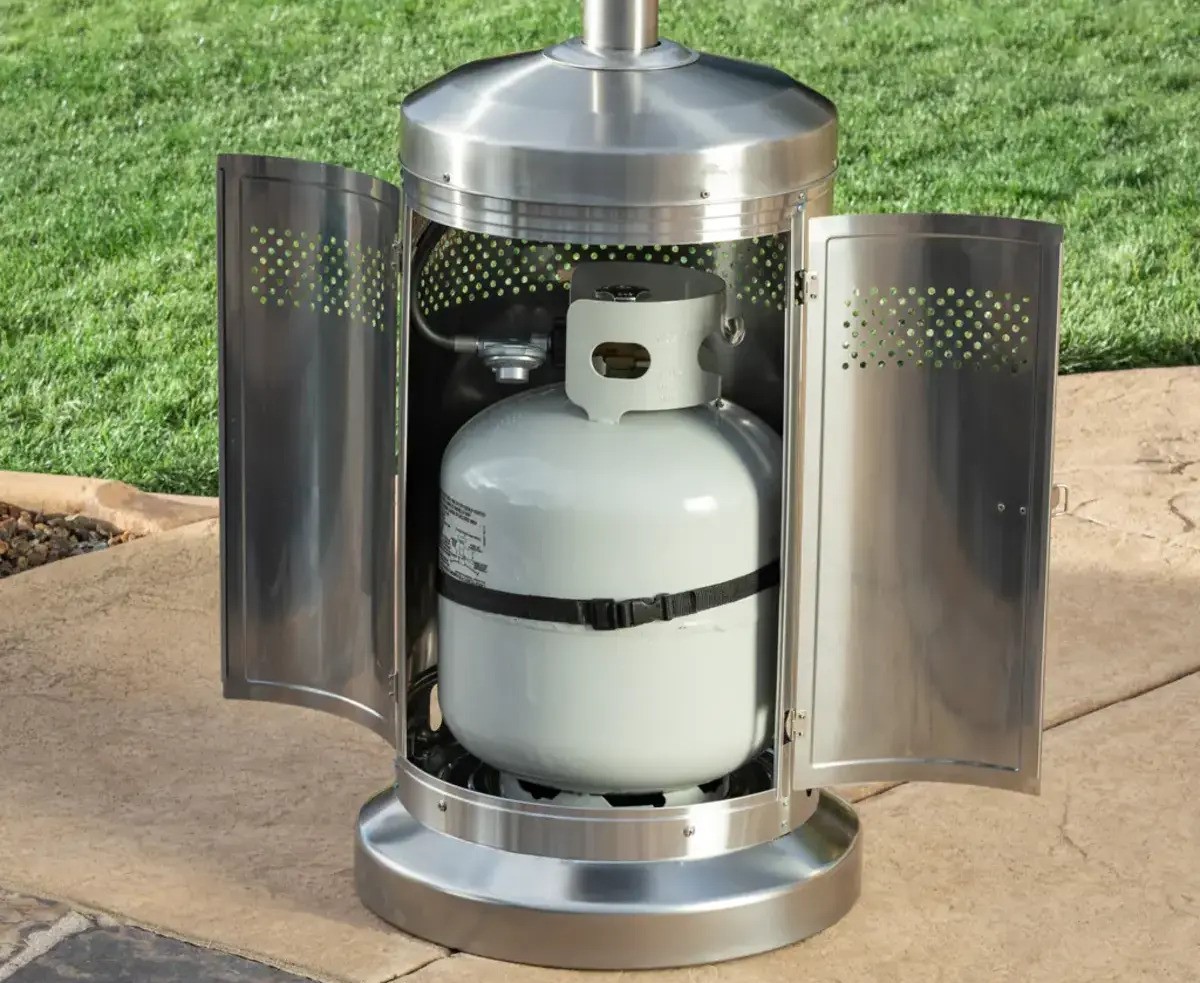
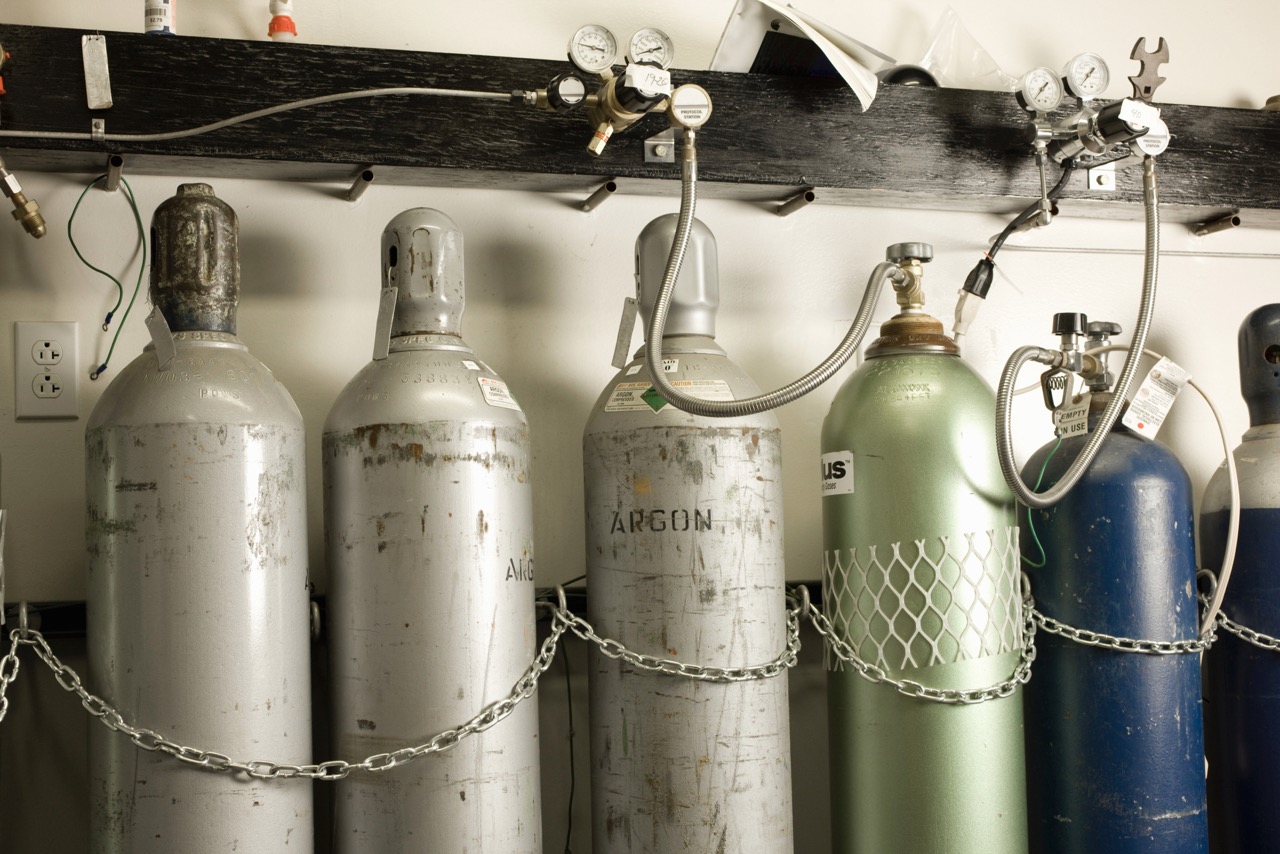
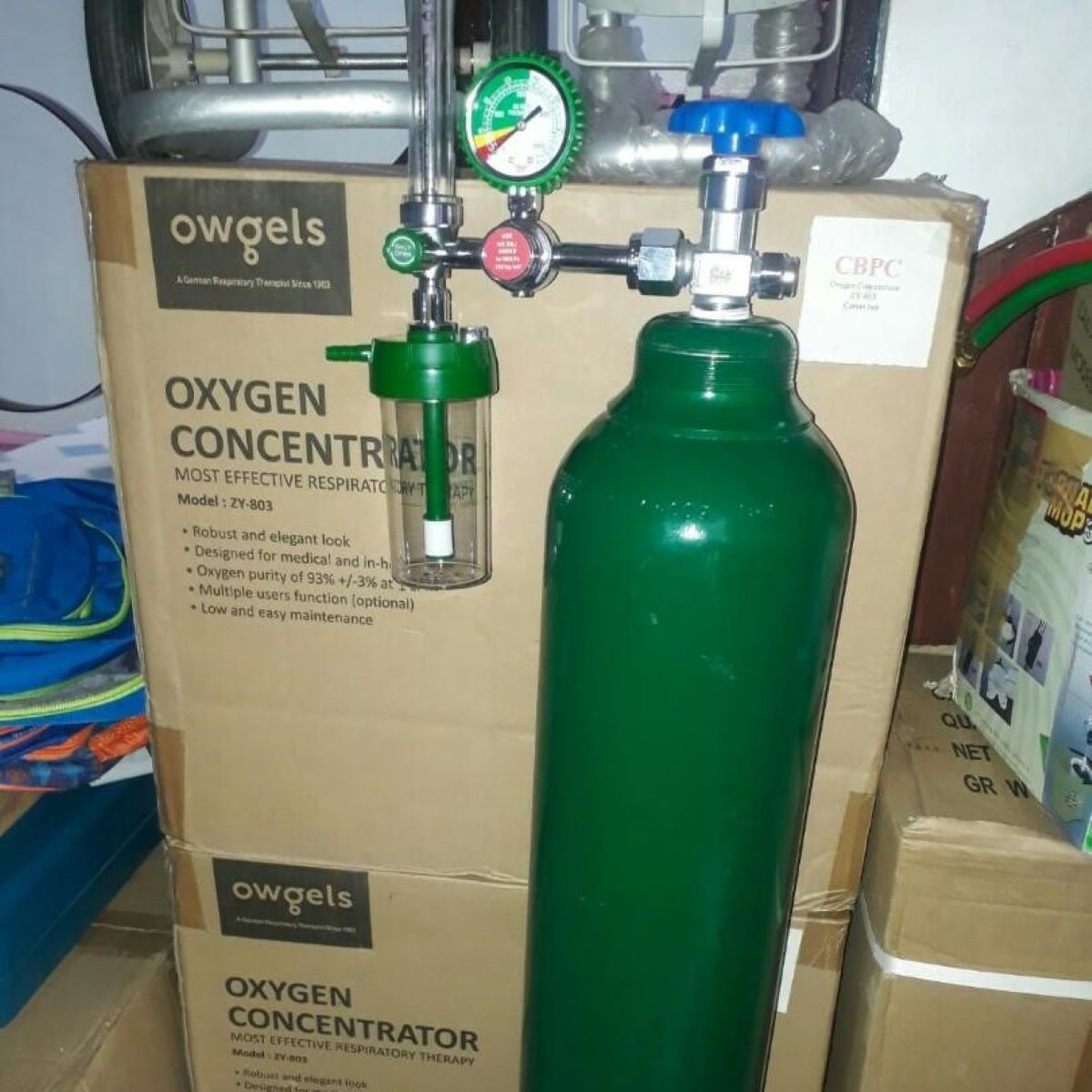

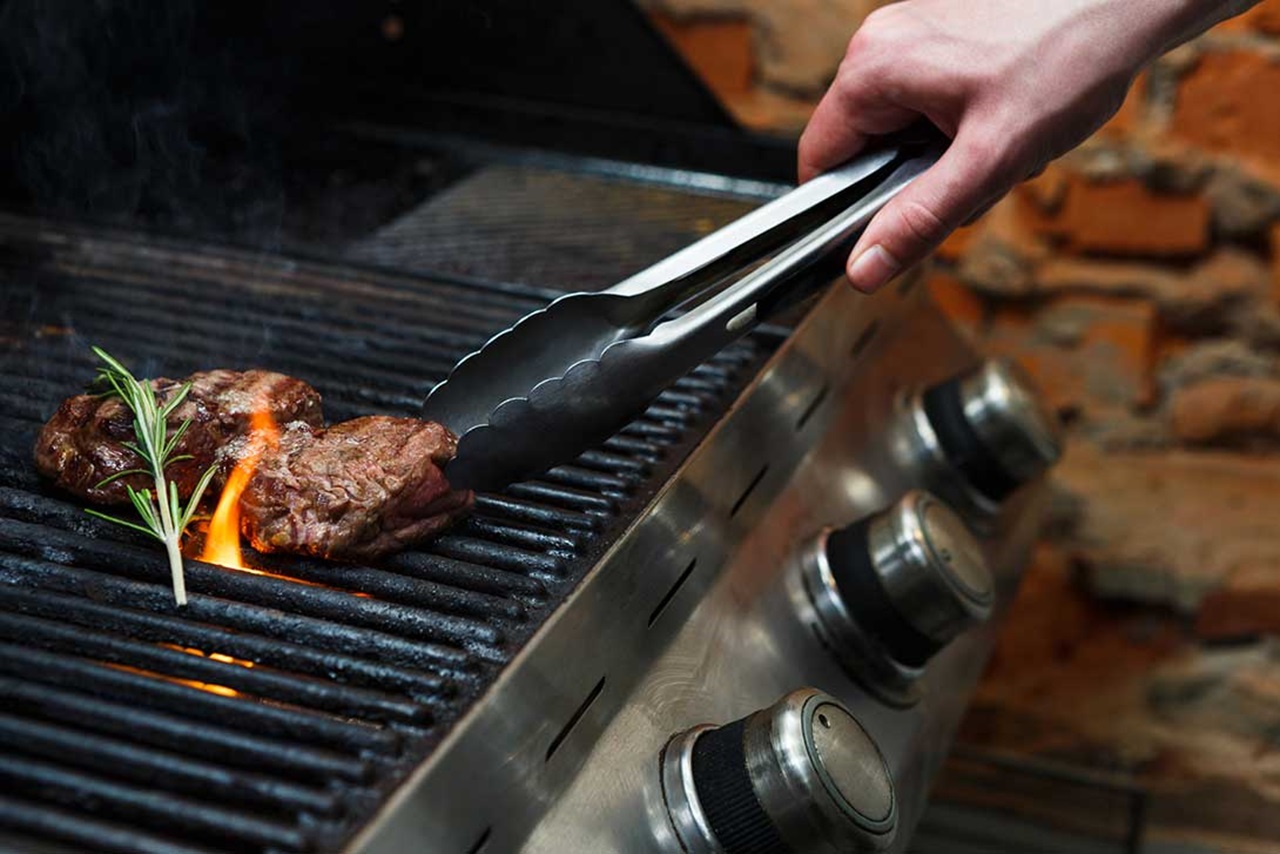
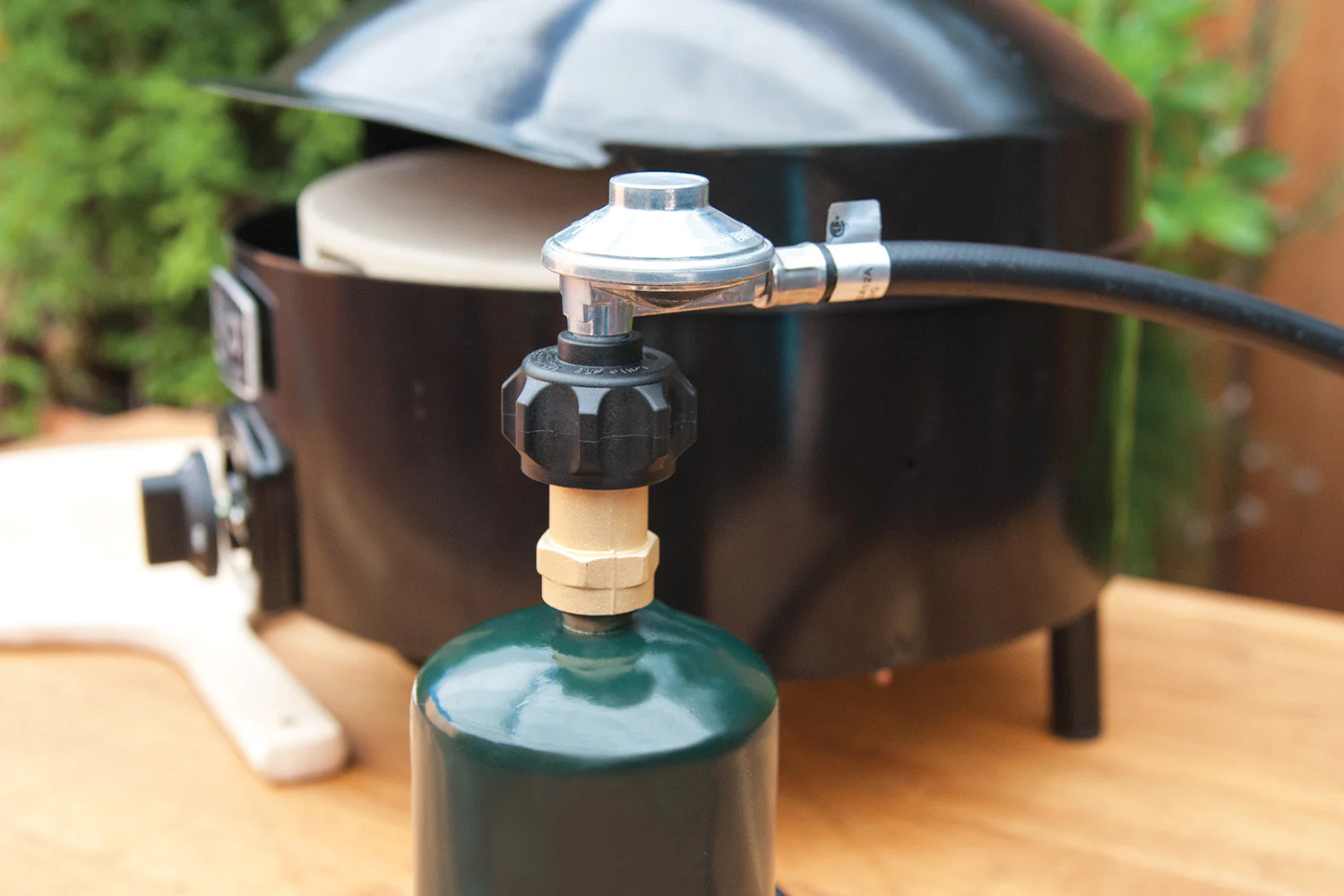


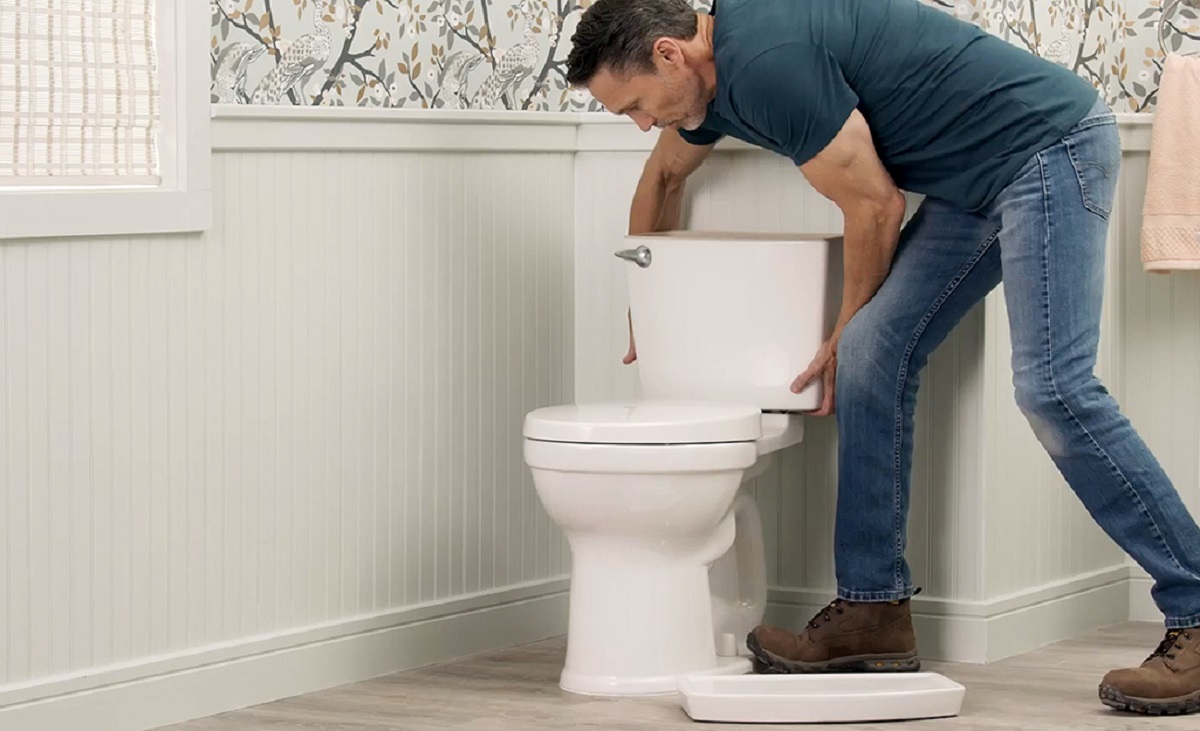

0 thoughts on “How To Store A Propane Tank”